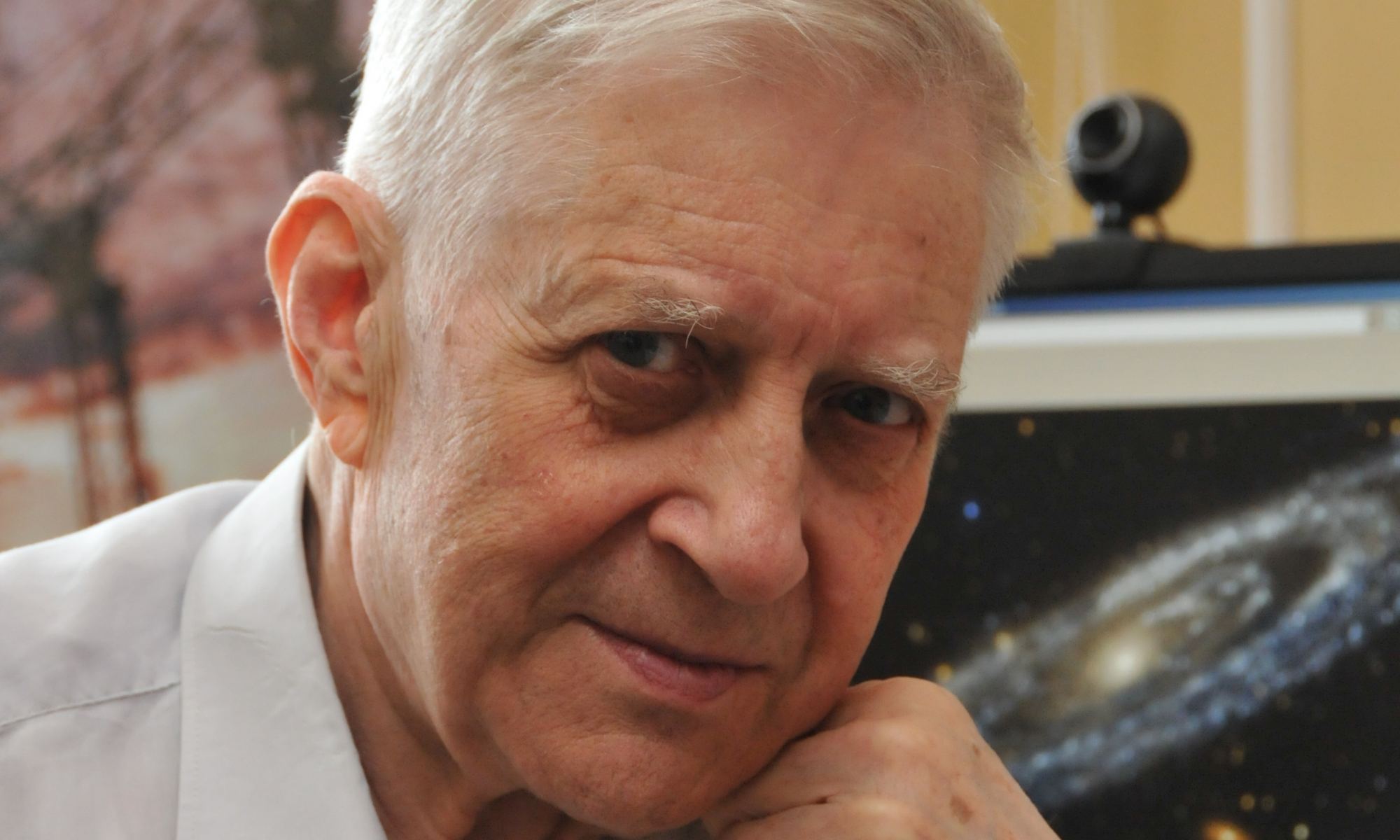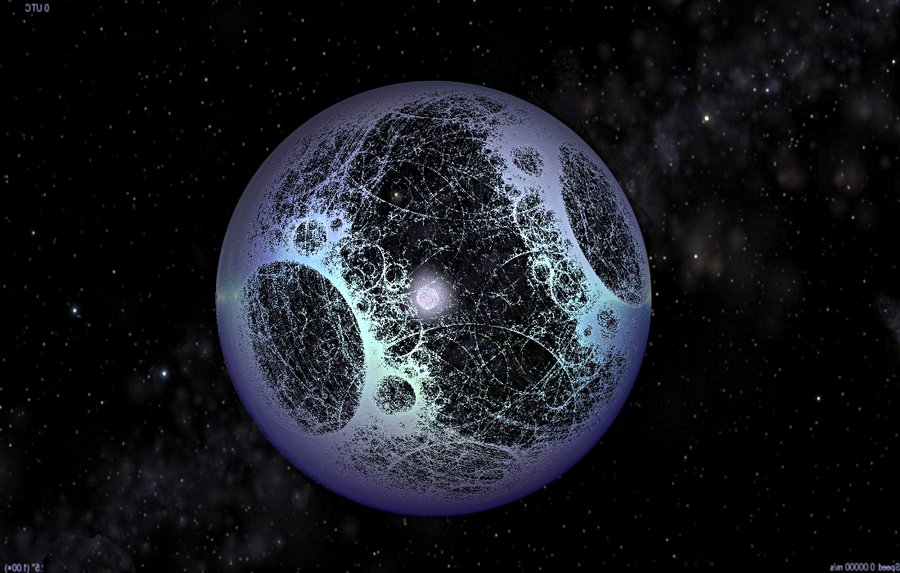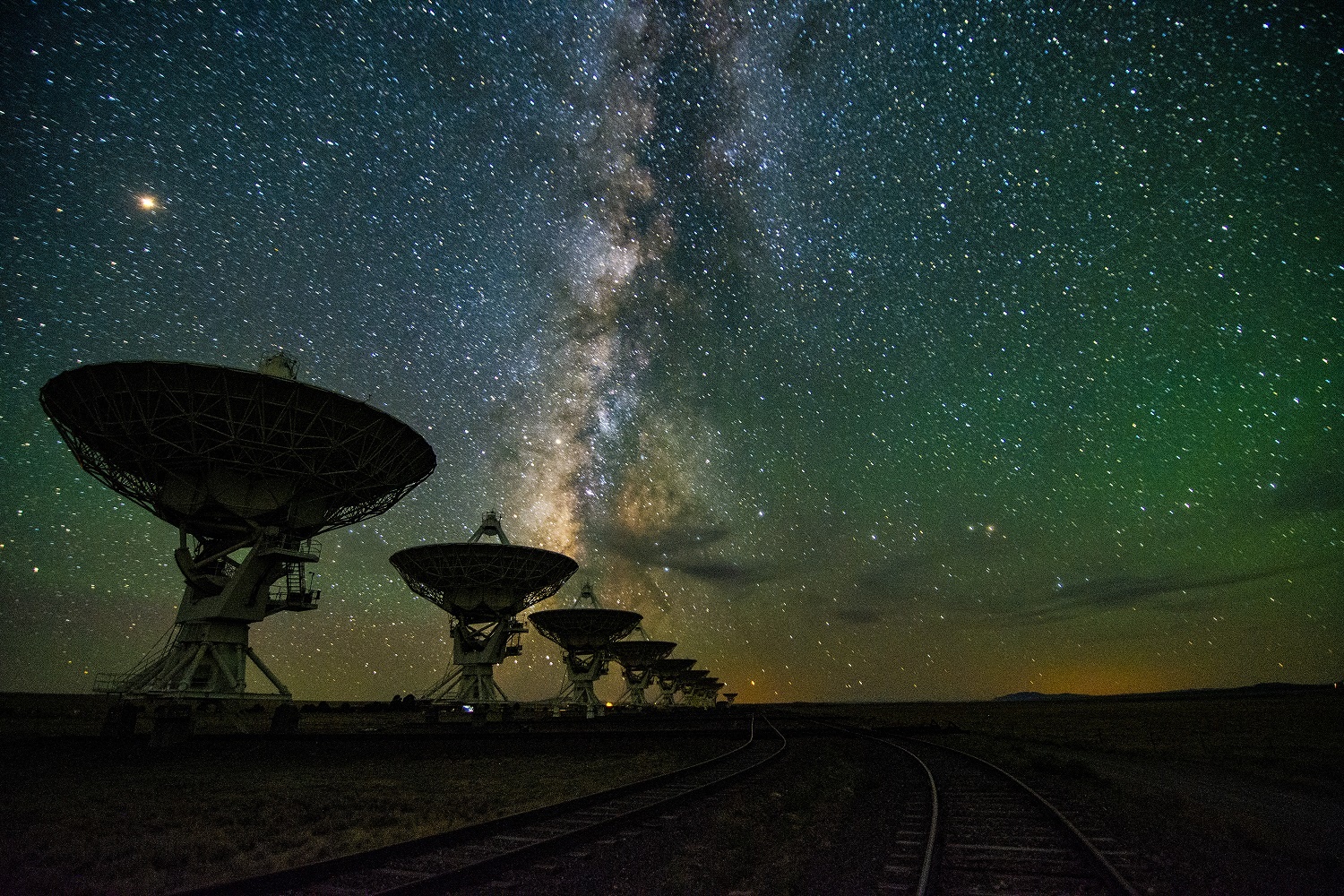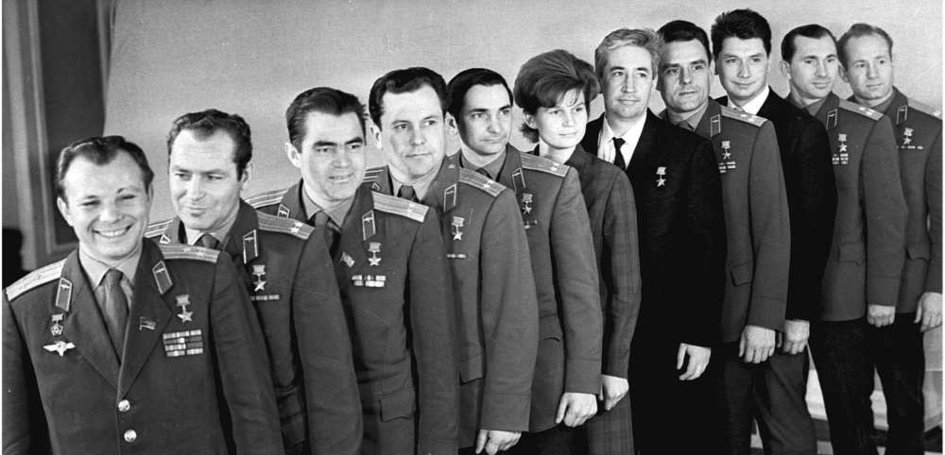Are we alone in the Universe? Could there be countless sentient life forms out there just waiting to be found? Will we meet them someday and be able to exchange knowledge? Will we even recognize them as intelligent life forms if/when we meet them, and them us? When it comes to astrobiology, the search for life in the Universe, we don’t know what to expect. Hence why all the speculation and theoretical studies into these questions are so rich and varied!
One such study was conducted by famed Soviet and Russian astrophysicist and radio astronomer Nikolai Kardashev (1932 – 2019). While considering an important question related to the Search for Extraterrestrial Intelligence (SETI) in 1964, Kardashev proposed a classification scheme for ranking a civilization’s development. This would come to be known as the Kardashev Scale, which remains one of the most influential concepts in SETI to this day.
Continue reading “What is the Kardashev Scale?”



